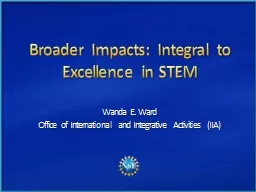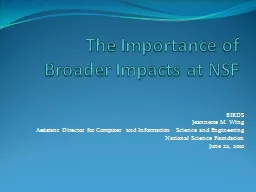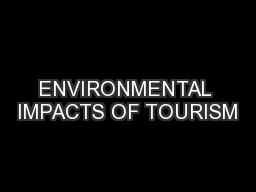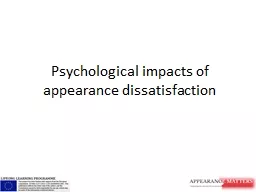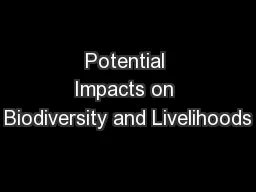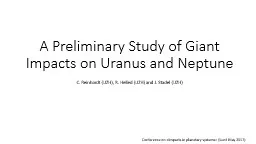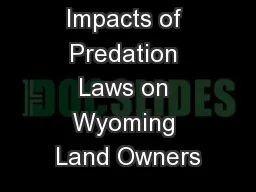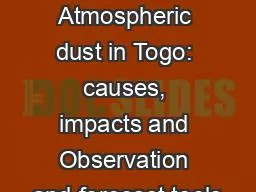PPT-Impacts of changing U.S.
Author : yoshiko-marsland | Published Date : 2017-05-29
NO x emissions on ozone pollution Insights from satellites groundbased measurements and air quality models ExxonMobil Research and Engineering NO x Controls
Presentation Embed Code
Download Presentation
Download Presentation The PPT/PDF document "Impacts of changing U.S." is the property of its rightful owner. Permission is granted to download and print the materials on this website for personal, non-commercial use only, and to display it on your personal computer provided you do not modify the materials and that you retain all copyright notices contained in the materials. By downloading content from our website, you accept the terms of this agreement.
Impacts of changing U.S.: Transcript
Download Rules Of Document
"Impacts of changing U.S."The content belongs to its owner. You may download and print it for personal use, without modification, and keep all copyright notices. By downloading, you agree to these terms.
Related Documents



